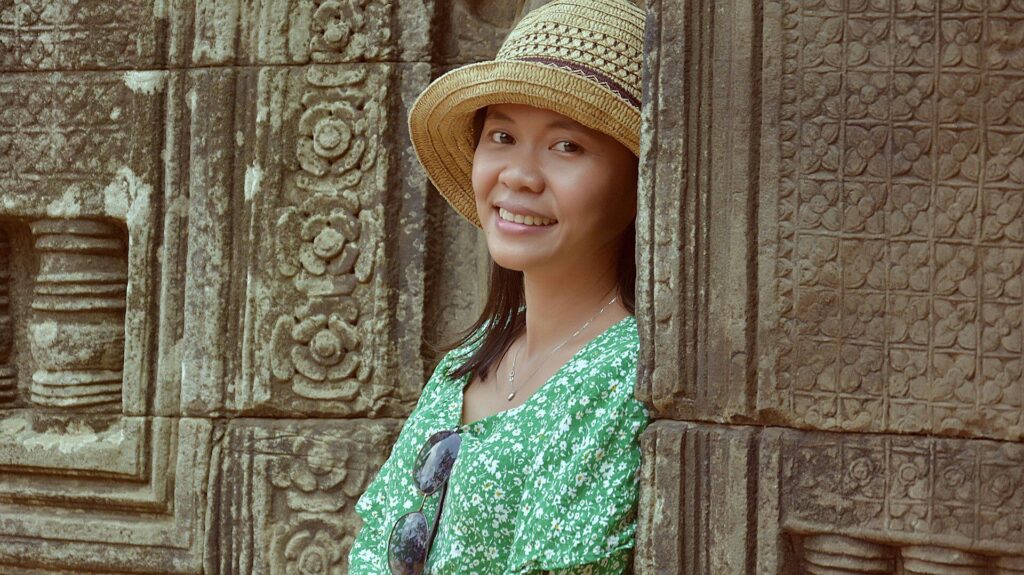
When visiting Cambodia, understanding and respecting local customs is essential for creating positive interactions and showing appreciation for the country’s rich culture. Cambodian cultural etiquette is deeply rooted in Buddhist traditions, and awareness of these social norms will enhance your travel experience. Here’s a detailed guide to Cambodian cultural etiquette: dos and don’ts, including historical contexts and the significance behind these practices.
The Historical Context of Cambodian Etiquette
Cambodian cultural practices are influenced by Buddhism, which has been the dominant religion for centuries. The principles of respect, humility, and non-confrontation are integral to Cambodian society, reflecting the teachings of Buddhism on harmony and mindful living. The “sampeah,” a traditional greeting, and the importance of showing respect to elders and religious figures are examples of how these principles manifest in daily life. Understanding these customs is key to navigating social interactions in Cambodia respectfully.
Dos
- Dress Modestly:
- Context: Modesty in dress is highly valued, especially when visiting temples (wats) and religious sites. This practice reflects the Buddhist principle of modesty and respect for sacred spaces.
- What to Do: Ensure your shoulders and knees are covered. Women should avoid low-cut tops, and men should refrain from wearing tank tops. A shawl or scarf can be used to cover up when necessary.
- Greet with a Sampeah:
- Context: The “sampeah” is a traditional Cambodian greeting that involves placing your palms together in a prayer-like gesture and bowing slightly. The gesture varies in height depending on the level of respect you wish to convey. For example, when greeting elders or monks, the hands should be placed higher, near the face.
- What to Do: Use the sampeah when meeting someone for the first time, as a sign of respect and politeness. It’s customary to return a sampeah if one is offered to you.
- Remove Shoes:
- Context: In Cambodia, removing shoes before entering someone’s home, a temple, or even some businesses is a sign of respect and cleanliness. This practice is linked to the belief that shoes carry dirt and impurities, which should not be brought into sacred or clean spaces.
- What to Do: Always check if there are shoes outside the entrance as a cue to remove yours. If in doubt, it’s better to err on the side of caution and take your shoes off.
- Respect Monks and Elders:
- Context: Monks and elders hold a revered position in Cambodian society. Monks are seen as spiritual leaders, and elders are respected for their wisdom and life experience.
- What to Do: When interacting with monks or elders, lower your head as a sign of respect. If you’re a woman, avoid touching a monk or handing something directly to him; instead, place the item within reach or pass it to a male intermediary.
Don’ts
- Avoid Touching the Head:
- Context: In Cambodian culture, the head is considered the most sacred part of the body, as it is closest to the heavens. Touching someone’s head, even as a friendly gesture, is seen as highly disrespectful.
- What Not to Do: Refrain from touching anyone’s head, including children, unless you are closely related and it is culturally acceptable within that context.
- Don’t Point Your Feet:
- Context: Feet are considered the lowest and dirtiest part of the body in Cambodian culture. Pointing your feet at people, especially religious icons or elders, is seen as extremely disrespectful.
- What Not to Do: Avoid pointing your feet at people or religious objects, and never sit with your feet pointing towards a Buddha statue. When sitting, try to tuck your feet underneath your body or sit cross-legged.
- Refrain from Public Displays of Affection:
- Context: Cambodian society is conservative, and public displays of affection (PDA) are generally frowned upon. This restraint in public behavior aligns with the cultural emphasis on modesty and respect for others.
- What Not to Do: Avoid kissing, hugging, or holding hands with your partner in public. A smile or a nod is considered a more appropriate way to show affection or respect in public settings.
- Don’t Raise Your Voice:
- Context: Cambodians value calm and respectful communication. Raising your voice or showing anger in public is considered a loss of face and is deeply embarrassing in Cambodian culture.
- What Not to Do: Keep your tone of voice calm and even, even in frustrating situations. If you need to express dissatisfaction, do so politely and with a controlled demeanor.
- Avoid Handing Items Directly to Monks:
- Context: In Cambodian culture, there are specific customs for interacting with monks. Monks are held in high regard, and there are rules, particularly for women, about how to interact with them.
- What Not to Do: If you are a woman, never hand something directly to a monk. Instead, place the item within his reach or give it to a male intermediary. Men can hand items directly but should do so respectfully, preferably using both hands.
Respecting Cambodian Culture
Many tourists either don’t know or don’t care about Cambodia’s traditions and so the Khmer people are used to international ways, however adhering to Cambodian cultural etiquette shows respect and fosters positive interactions. By understanding the historical and cultural context behind these dos and don’ts, you can ensure that your behavior aligns with local expectations, allowing for a more meaningful and respectful experience. Whether visiting temples, interacting with locals, or participating in traditional ceremonies, being mindful of Cambodian customs will enrich your visit and help you connect more deeply with the culture.